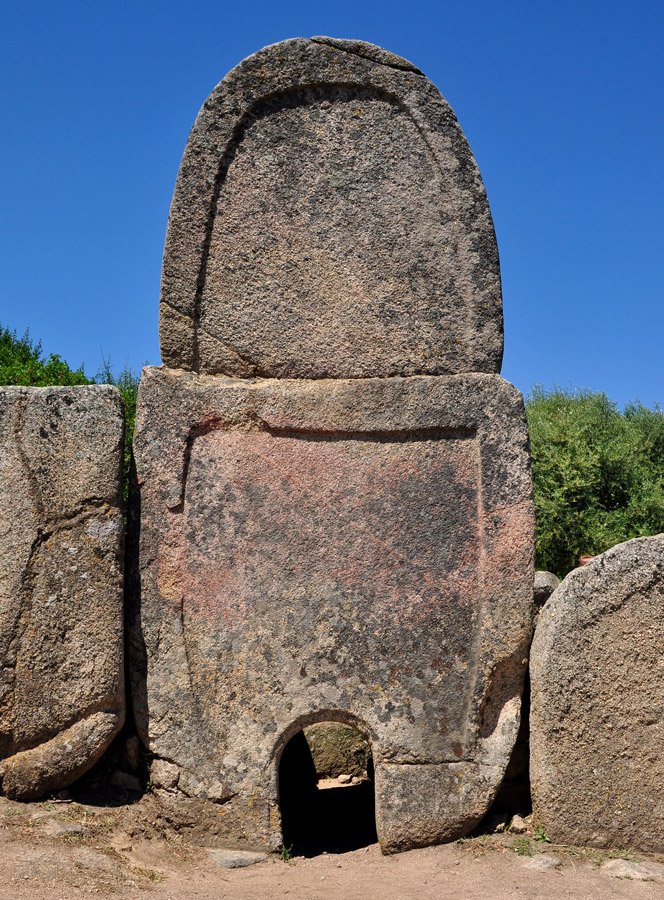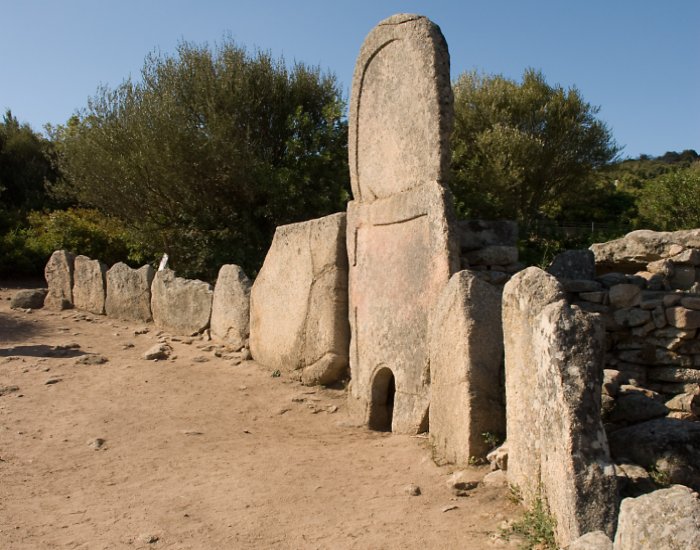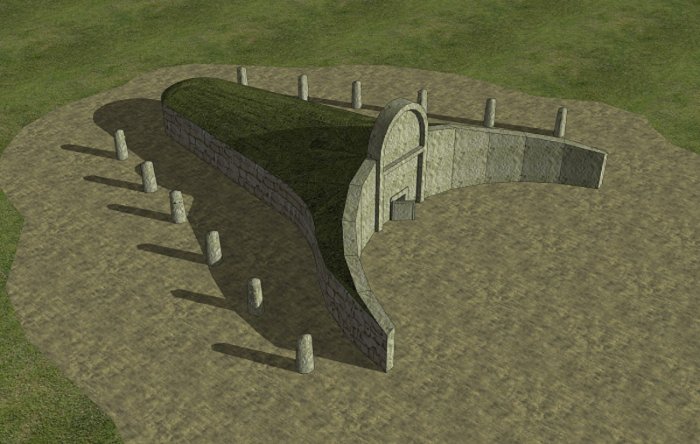Mystery Of The Giants’ Grave of Coddu Vecchiu
A. Sutherland - AncientPages.com - Some say these are the graves of the giants that walked the Earth in the distant past.
Are the mysterious tombstones remnants of the legendary lost continent of Atlantis?
The Giants' Grave of Coddu Vecchiu. The stele consists of two large stones carved in bas-relief and contains the entrance to the tombI. mage credit: Michel Royon - CC BY-SA 3.0
There are several unanswered questions concerning the Giants' graves, or Tomba dei gigantic in Sardinia. Who constructed the massive tombstones, and for what purpose? Were they used as mass graves?
So far, researchers have located 321 such monuments in Sardinia, including the one at Coddu Vecchiu.
The tombs are made of a central stele, a stone or wooden slab, with a hole cut into it that functions as the entrance. Walls extend from the door and form an interior corridor grave. Scientists have not yet adequately investigated the tombs and are still shrouded in mystery.
People who visited the tombstones have spoken about the positive energy surrounding the giants' graves and providing spiritual rejuvenation.
According to ancient legends, these were the tombs of mighty giants that lived in the area.
Coddu Vecchiu archeological site, near Arzachena, Sardegna, Italy. The megaliths of the forecourt form a semicircle. Image credit: pjt56 - CC BY-SA 3.0
One of the tombs is over 100 feet tall, suggesting a giant could have been buried there.
Sardinia is rich in ancient history and home to several mysterious stones, statues, and mysteries.
According to Miroslav Provod, "throughout the territory of the Italian island of Sardinia, historians have counted over seven thousand Nuraghes, which are wondrous ancient "beacons."
A 3D model of how the site may have once looked. Image credit: cristianocani - CC BY 2.0
These buildings were built from large; often, several-ton weighing stones laid on each other without mortar and are hollow in their center.
The essence of all megalithic structures is the racking up material over the energy space to form a standard charge. The areas around the Nuraghes contained enough stones, so they were used as a building material. The vertically tapered construction ensures stability, especially when not using mortar - the interior space could be used as dolmens to supplement the body's energy. Nuraghes worked as menhirs and other megalithic structures, but their excessive concentration has not been explained. Similar conical structures - called Brooches - were built in Scotland."
Sardinia is also famous for the remarkable Giants of Monte Prama. Shortly after the astonishing discovery, these mysterious ancient statues were deliberately hidden in the basement of a museum.
In 1974, remarkable ancient stone sculptures were accidentally discovered in farmland near Monte Prama, Sardinia. There is very little knowledge about these statues, which are unique in size and material. The figures are finally in an exhibition open to the public.
Researchers believe they belong to the Nuragic civilization, which flourished in Sardinia for two millennia until the second century AD. Excavations revealed 30 gigantic stone statues, about two meters high.
The connection between the enormous graves, legends of giants, and Atlantis is an intriguing subject worth exploring further. Sardinia still holds many secrets of the past.
Written by – A. Sutherland - AncientPages.com Senior Staff Writer
Updated on August 1, 2022
Copyright © AncientPages.com All rights reserved. This material may not be published, broadcast, rewritten or redistributed in whole or part without the express written permission of AncientPages.com
Expand for referencesMore From Ancient Pages
-
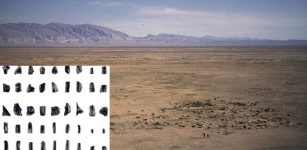 Obsidian Blades Reveals Dynamic Neolithic Social Networks – New Analysis
Archaeology | Oct 18, 2022
Obsidian Blades Reveals Dynamic Neolithic Social Networks – New Analysis
Archaeology | Oct 18, 2022 -
 Cursed Dudleytown – What Really Happened In America’s Village Of The Damned In Connecticut
Featured Stories | May 27, 2020
Cursed Dudleytown – What Really Happened In America’s Village Of The Damned In Connecticut
Featured Stories | May 27, 2020 -
 Secretly Engraved Woman Name Discovered In Medieval Manuscript – Who Was Eadburg?
Archaeology | Dec 3, 2022
Secretly Engraved Woman Name Discovered In Medieval Manuscript – Who Was Eadburg?
Archaeology | Dec 3, 2022 -
 Lost Biblical City, Ancient Treasure And Atlantis – Biblical And Archaeological Perspective
Biblical Mysteries | Apr 27, 2018
Lost Biblical City, Ancient Treasure And Atlantis – Biblical And Archaeological Perspective
Biblical Mysteries | Apr 27, 2018 -
 On This Day In History: Supernova Observed In The Constellation Cassiopeia Was Recorded – On August 4, 1181
News | Aug 4, 2016
On This Day In History: Supernova Observed In The Constellation Cassiopeia Was Recorded – On August 4, 1181
News | Aug 4, 2016 -
 Streets Of Ancient Rome Were Very Dangerous
Ancient History Facts | Feb 29, 2016
Streets Of Ancient Rome Were Very Dangerous
Ancient History Facts | Feb 29, 2016 -
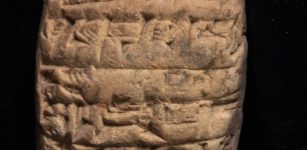 Lost City Of Irisagrig Comes To Life In Ancient Stolen Tablets
Archaeology | Jun 5, 2018
Lost City Of Irisagrig Comes To Life In Ancient Stolen Tablets
Archaeology | Jun 5, 2018 -
 Secret Tunnels Used By Knights Templar Leading To The Treasure Tower – Discovered
Archaeology | Oct 29, 2019
Secret Tunnels Used By Knights Templar Leading To The Treasure Tower – Discovered
Archaeology | Oct 29, 2019 -
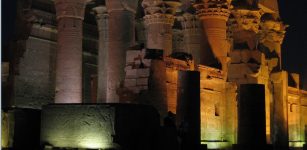 Two Discoveries Reported From Komombo Temple And Elephantine Island, Aswan
Archaeology | Dec 9, 2017
Two Discoveries Reported From Komombo Temple And Elephantine Island, Aswan
Archaeology | Dec 9, 2017 -
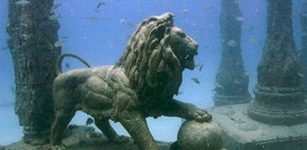 Stunning Underwater Photos Reveal Secrets Of Legendary Lost City Of Heracleion
Featured Stories | May 4, 2013
Stunning Underwater Photos Reveal Secrets Of Legendary Lost City Of Heracleion
Featured Stories | May 4, 2013 -
 On This Day In History: Spanish Villasur Expedition Wiped Out By Pawnee And Otoe Warriors – On August 14, 1720
News | Aug 14, 2016
On This Day In History: Spanish Villasur Expedition Wiped Out By Pawnee And Otoe Warriors – On August 14, 1720
News | Aug 14, 2016 -
 Cato The Younger – Mortal Enemy Of Julius Caesar Was A Man Who Hated Luxury, New Ideas And Was Immune To Bribes
Featured Stories | Apr 17, 2021
Cato The Younger – Mortal Enemy Of Julius Caesar Was A Man Who Hated Luxury, New Ideas And Was Immune To Bribes
Featured Stories | Apr 17, 2021 -
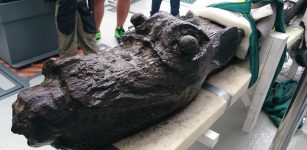 Mystery Of Gribshunden – Danish Royal Sunken Ship Sheds New Light On Psychological Warfare In The Middle Ages
Archaeology | Apr 14, 2017
Mystery Of Gribshunden – Danish Royal Sunken Ship Sheds New Light On Psychological Warfare In The Middle Ages
Archaeology | Apr 14, 2017 -
 The Untold Story Of The Great Sphinx – One Of The Greatest – Part 1
Featured Stories | Aug 9, 2019
The Untold Story Of The Great Sphinx – One Of The Greatest – Part 1
Featured Stories | Aug 9, 2019 -
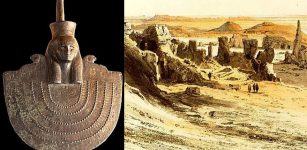 City Of Sais: Prehistoric Prestigious Cult Center Of Northern Egypt
Featured Stories | Oct 31, 2016
City Of Sais: Prehistoric Prestigious Cult Center Of Northern Egypt
Featured Stories | Oct 31, 2016 -
 On This Day In History: Treaty of Bergerac Ratified – On Sep 17, 1577
News | Sep 17, 2016
On This Day In History: Treaty of Bergerac Ratified – On Sep 17, 1577
News | Sep 17, 2016 -
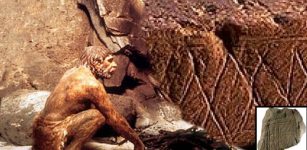 Skilled Neanderthal Hand Engraved Ancient Stone And Hashtag Symbol
Archaeology | May 7, 2018
Skilled Neanderthal Hand Engraved Ancient Stone And Hashtag Symbol
Archaeology | May 7, 2018 -
 Ancient Underwater ‘Lion City’ Rests Beneath The Thousand Island Lake
News | Feb 11, 2014
Ancient Underwater ‘Lion City’ Rests Beneath The Thousand Island Lake
News | Feb 11, 2014 -
 Polycarp Of Smyrna: Burned At The Stake And Pierced With A Dagger
Featured Stories | Jun 25, 2020
Polycarp Of Smyrna: Burned At The Stake And Pierced With A Dagger
Featured Stories | Jun 25, 2020 -
 Roman Square Capitals: Prestigious Script That Delighted Human Eye With Its Elegance
Featured Stories | Sep 16, 2019
Roman Square Capitals: Prestigious Script That Delighted Human Eye With Its Elegance
Featured Stories | Sep 16, 2019

